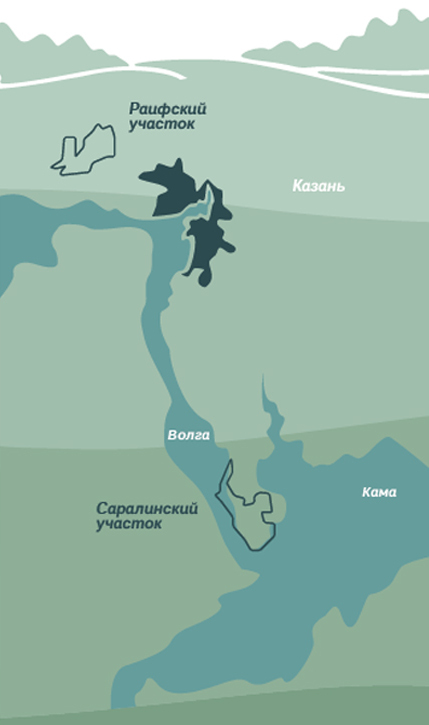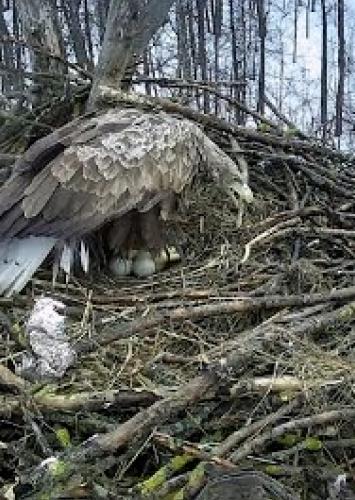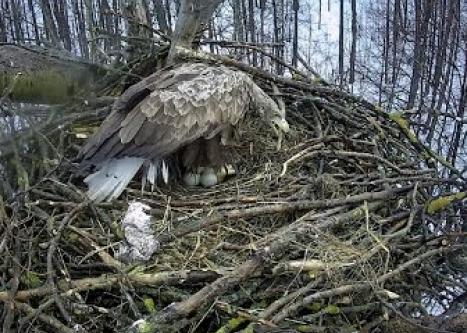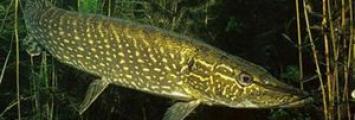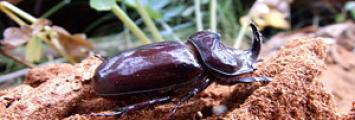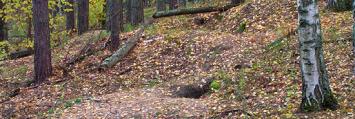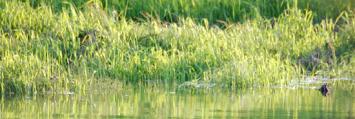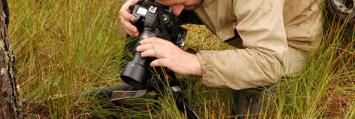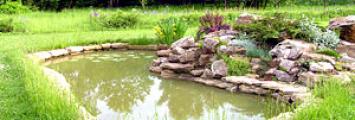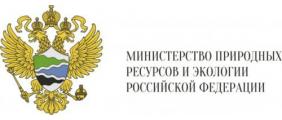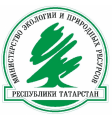The Volga-Kama Reserve in 2015 turned 55 years old. However, the modern reserve has a richer backstory, which absorbed a lot of events, of which there are many bright, and sometimes dramatic, and many fates of very different people. The beginning of the reserve's history is connected with Raifa. This place, as it were, was originally destined to be the main monument of the nature of the region. Raifa Forest. A short chronology. Until the XVII century. Territory of the Cheremiss tribes. The language house of the Cheremis on the shore of the lake (Raifskoye).
Around 1630. The device by the monk Filaret of the monastery on the shore of the lake. 1662. Beginning of the construction of the Raifa Bogorodsky Monastery. 1674. The transfer in the possession of the monastery surrounding the forest on the petitioned Tsar Alexei Mikhailovich Hegumen Alexis. 1883. Visit to the Raifa forest by the first natural scientist - P.N. The wing. Collection of the first botanical collections. Krylov and S.I. Korzhinsky. 1889. Collection of the first zoological collections AA. Stuckenberg. 1892. Beginning of field practice of students-botanists of Kazan University. 1914. Organization in the quarter No. 26 of the village of invalids of the First World War. 1917. Liquidation of the service of protection of monastic grounds. Gordyagina on the organization of the reserve. 1919. Transfer of the Raif Forest to the Forest Faculty of Kazan University. 1920. Compilation of bathymetric plan of Lake Raifskoye NA Beginning of ornithological research Pershakova. 1924. The first project of the organization of the Tatar national reserve. 1928. Closing of the monastery. 1932. The organization of Raifa agroforest. 1933. Organization of the labor community of the OGPU on the territory of the monastery. The beginning of the construction of Raif and Sadovy settlements. 1934. Transfer of the Raifa agroforestry of the Tatar forest experimental station. 1942. The organization of A.P. Ilinsky Forest Hospital of the Botanical Institute of the Academy of Sciences of the USSR. A new attempt to organize a reserve.1948. Organization VA. Popovy hospitals in the laboratory of ecology and systematics of terrestrial vertebrates of the Biological Institute of the Kazan branch of the USSR Academy of Sciences. 1949. Beginning of geobotanical research Porfiryeva. 1954. The organization of Raifsky experimental forestry. 1960. The organization of the Volga-Kama Reserve, in which the Raifa Forestry was included as one of its two sites. 1971. Organization of the educational hospital of the department of nature protection and biogeocenology of Kazan University. 1983. Creation of the conservation zone zapovednika.Nachalo hydrochemical studies of protected reservoirs under the leadership of NM. Mingazovy. 1991. The beginning of the restoration of the monastery. 1996. The beginning of reintroduction to the beaver reserve. 2001. Expansion of the Raifsky area of the reserve. 2005. The award of the reserve status of the UNESCO Biosphere Reserve. 2008. Opening of the visit-center "Reserve Teremok". Since time immemorial, the territory that represents the modern Raifsky site of the reserve was inhabited by forest Cheremis tribes. Cheremis - the ancestors of modern Mari - were pagans and worshiped the spirits of nature. The highest deity, Yumo, was dedicated to the trees - the "onapu" - in the sacred groves, which were numerous especially along the shores of lakes and rivers. They were encircled with a bast, to which were hung branches of mountain ash and birches; such an outfit surrounded the sacred tree several times. As the legend says, 6 onapu were on the shores of the lake, which today is called the Raifa. Even at the beginning of the 17th century, the cheries were the main lodging ("kusoto") and the place of celebrations ("ruem"), during which sacrifices were made. In this regard, the forest adjacent to the lake was reserved - here it was forbidden to settle, to engage in hunting and fishing, and generally to appear, except on sacred days. The emergence of the Raifa monastery with the name of the monk Filaret, who, around 1630 years, built a monastery on the shore of the lake. Over time, a spiritual brotherhood was formed around Filaret, living in huts set up near the lake. Actually the monastery was built in the seventies of the XVII century, after the death of Filaret. Originally the monastery was wooden. The fire in 1689 destroyed all buildings. The beginning of the restoration of the monastery began in 1692 and was completed in 1717. From the buildings of the oldest today was a church in the name of the holy father in Sinai and Raif of the beaten - built in 1708 (she gave the name to the monastery). The Georgian cathedral was built in 1835-1842, the bell tower - in 1889-1903, the modern Trinity Cathedral - in 1904-1910. Some monastic buildings were lost in the Soviet era. Belonging to the monastery for more than 200 years, the forest has avoided large-scale felling. Monks used the forest only to obtain firewood, to build and repair their few houses. With the appearance of settlements around the Raifa forest - hamlets and villages, a special service was set up to protect the forest with the monastery. Therefore, the forest largely retained its original features; Here a lot of old-growth stands have accumulated, the forest flora and fauna have been well preserved. Considering the great diversity







